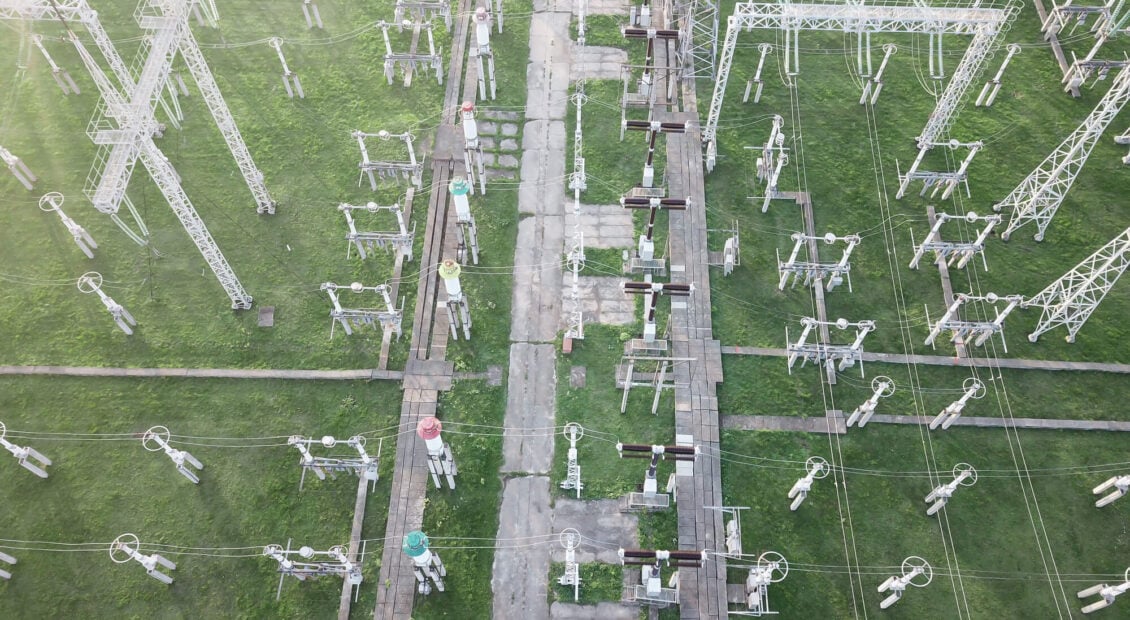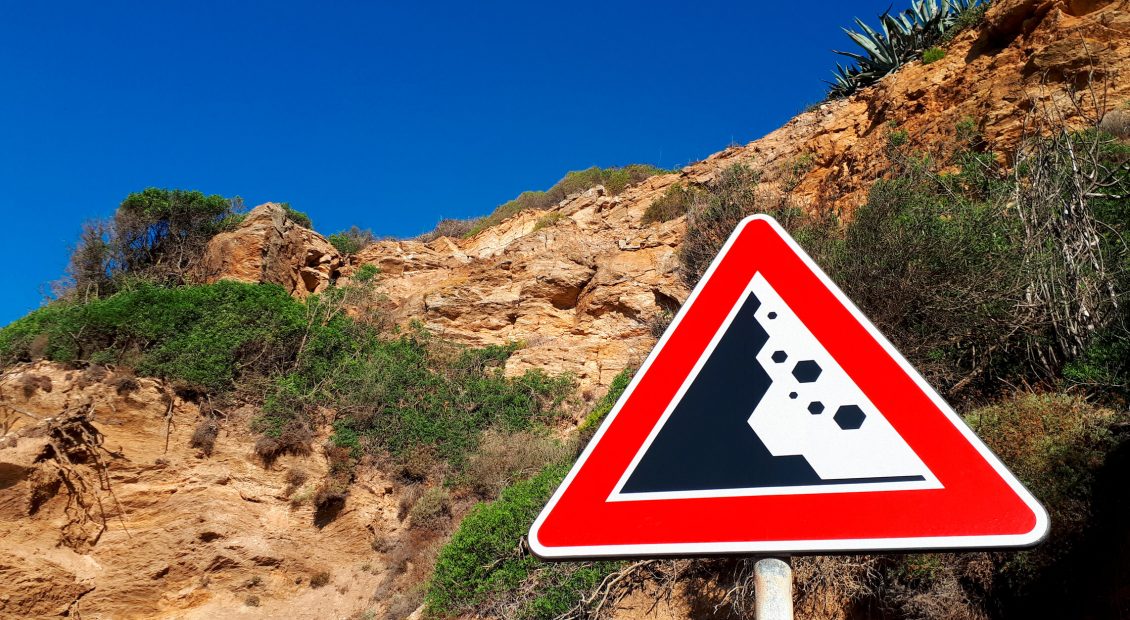
Utilities: The role of private 4G/5G
The utilities sector is a promising opportunity area for private LTE and 5G networks. But it is not an easy one for telcos to address, as utility companies often deploy and manage networking technology in-house or via specialist service providers to satisfy service requirements. This report examines the sector realities.





